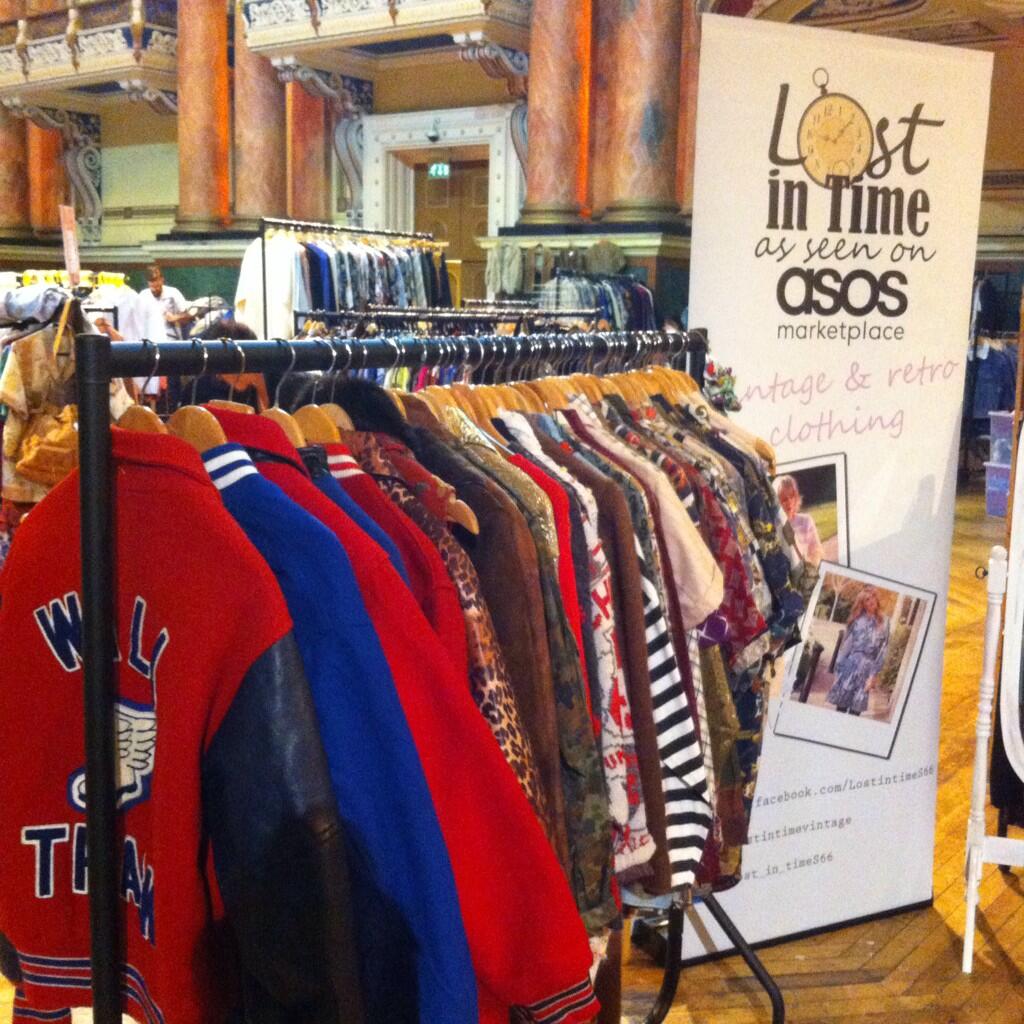Renting out a pop up shop space often means having a relatively small area to work with. On top of this, you have the added requirement of setting up then moving on quickly and seamlessly without leaving a trace of your business.
This may initially seem an impossible challenge to carry out, but by carefully considering the display and storage equipment that you invest in, the job becomes simpler.
Before making any decisions about the kit required, always remember to have a reference of the dimensions of the area to avoid overcrowding your store.
With this in mind, we have put together the key factors to think about, with a few examples of the best types of stock to invest in to suit your needs.
Easy assembly and dismantling
A vital aspect of running a pop up business is the requirement to operate with a ‘skeleton crew’. There is rarely the luxury of additional help when putting together displays so you will need to work with apparatus that can be built and disassembled easily with only 1-2 people.
Gridwall is a great example of a robust freestanding solution that can be packaged and transported flat, and is simple to put together by bolting legs or wheeled bases to the main panels. Next, you can attach an array of accessories for holding all sorts of products.
If you are searching for shelving, look no further than chrome wire units. These sturdy self-supporting shelving units can take surprisingly heavy loads – meaning there is plenty of flexibility with regards to what to place on them.
Once again, this solution is straightforward to build as all components come flat-packed and you do not need tools to assemble. Add or remove shelves as required and adjust each shelf to any height required. This is a task that two people can complete in a matter of minutes.
Selling apparel in your pop up? Clothes rails and mannequins are a no-brainer as they are effortless to erect. As with the chrome wire shelving, always opt for heavy duty clothes rails that will last. Search for products which have secure push-pins for a quick and easy assembly.
When it comes to mannequins, be sure you will have enough space to present them in a way that will entice customers into your shop. As they are so easy to put together (just screw in the bottom and top half with any limbs if applicable), you can concentrate more on constructing the outfit they will wear.
Adaptable
Modularity is vital when you are adjusting your store to suit a specific room size. Luckily, the vast majority of retail equipment is designed with this in mind.
Chrome shelving for example allows you to place or remove both uprights and shelves, meaning your unit can grow or shrink in line with demand. Accessories, such as prongs, hooks and display arms, also enable Gridwall to not only develop but also become more dynamic to reflect the variety of merchandise you have to offer. In addition, poles can be fixed to existing clothes rails, increasing the room available for hanging garments.
Finally, if you are looking to add a modern appearance to your store and want a display solution for small items which can be formulated into a variety of shapes to fit different dimensions, then try searching for ‘modular display cube systems’. These are constructed by using panels of different sizes to create the shape you need.
This equipment is particularly useful if you are setting up pop up shops on a regular basis. Their flexibility means that you will not have to buy new pieces if your retail space changes.
.jpg)
Strong
You need kit that is made of robust materials and is built to last. It may also have to be stored for a significant amount of time without the risk of damage.
Find products made of industrial grade steel, high quality MDF or wood to avoid having to replace them regularly. These materials will be easy to maintain and keep clean with a simple wipe clean for chrome finished steel. A little polish and dusting is enough for MDF and wood.
Manoeuvrability and Storage
The ability to move equipment around as and when required makes it much easier to transport to and from the pop up space. Look out for pieces which either come with wheels, or with the capacity to add them. Make sure you use braked castors to ensure your kit stays stationary.
You’ll be thankful for display equipment that can be packed flat during transportation and storage when not in use. Chrome shelving, gridwall and clothes rails are all examples of this, making them perfect for all types of pop up shops.
Setting up a pop up shop is an incredibly exciting challenge. Enjoy the experience by ensuring you are fully prepared with all the gear you need.

This post was written by Andrew Moore at Shopfitting Warehouse, leading suppliers of retail display equipment and storage solutions.
Learn more about the available shops to let in London
Related Articles